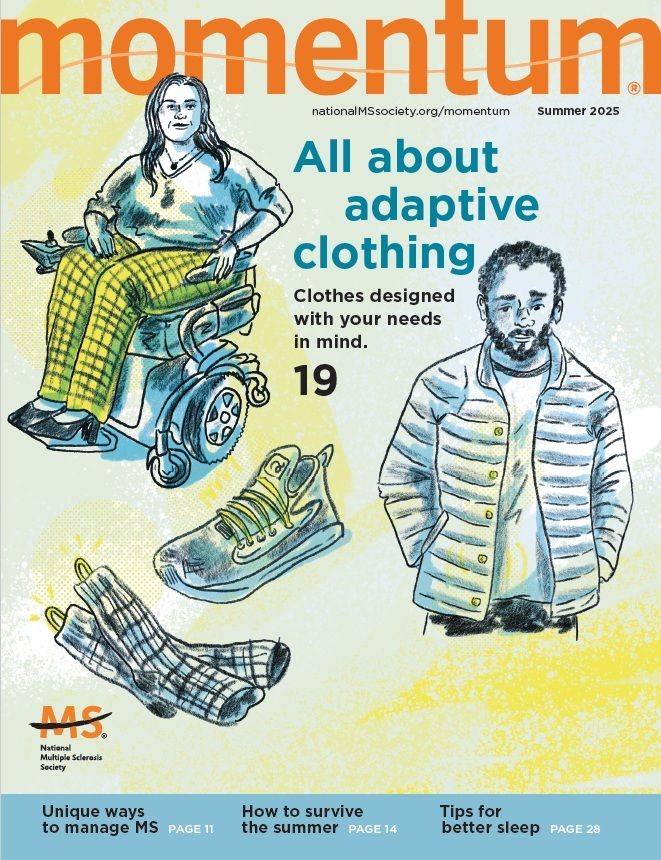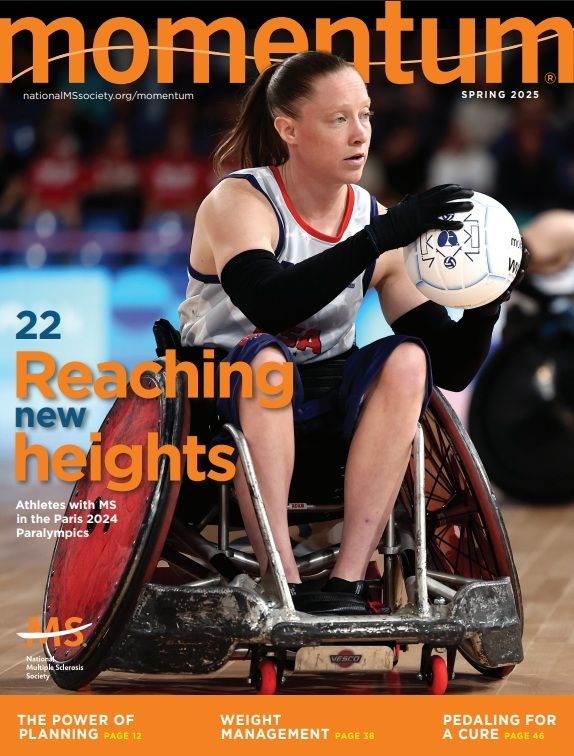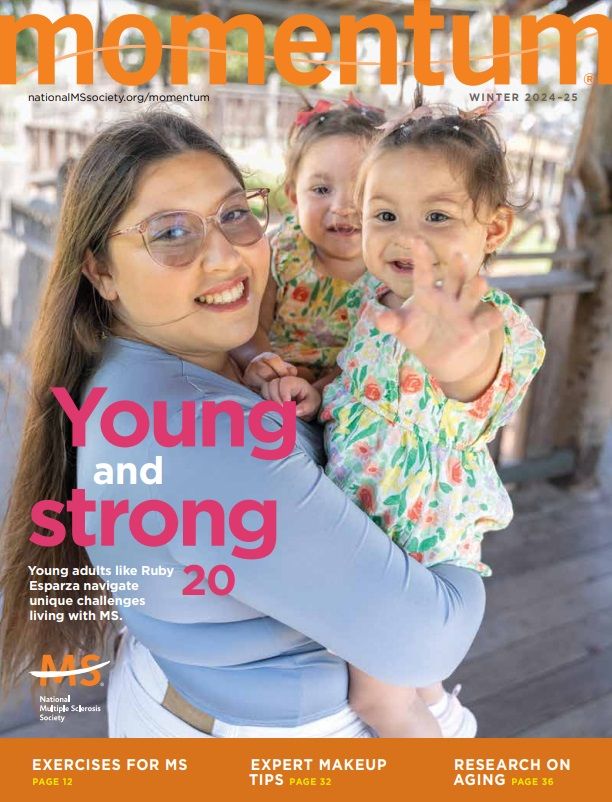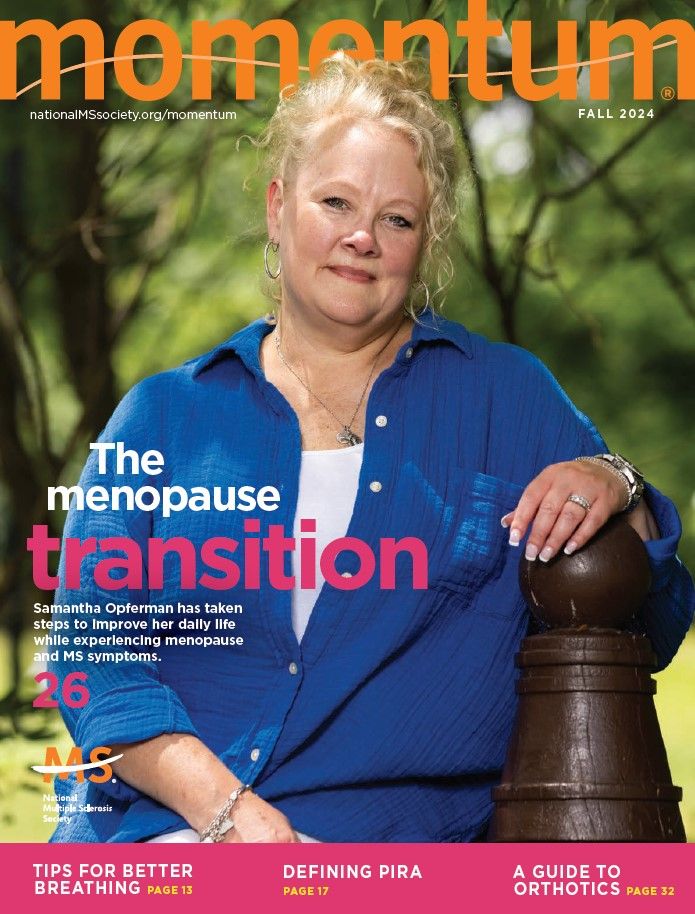Race and MS: Confronting Inequities
Uncovering the gaps in MS research, diagnosis and treatment.

Awareness Often Lacking

Gaps in Knowledge, Lack of Trust

Race and MS
To better understand how race may affect the way people experience MS, one first has to understand what “race” means in the context of medicine and if the categories we use — which are predominantly based on how people look — suggest any underlying biological similarity.In a paper published earlier this year in the Multiple Sclerosis Journal, authors J.L. McCauley of University of Miami’s Miller School of Medicine and Lilyana Amezcua of the University of Southern California’s Keck School of Medicine looked at this question in service of MS research. The National Multiple Sclerosis Society funded the study.From a genetic standpoint, most Black Americans have genes with a mixture of European origins and African origins. People who fall under the category of Hispanic have in their genes differing amounts of DNA originating in America, shared with Native American people, in addition to Europe and Africa. And of course, any individual can have genetic material with origins from anywhere in the world — whether or not they know it.The categories used in everyday language are insufficient when it comes to studying the disease.For example, the authors write:
MS Symptoms and Disease Progression

Cultural Considerations
A Lack of Data
“One of the biggest limitations we have is that most of the data we have is not clinical trial data,” Williams says of data specific to Black and brown people with MS. “Clinical trial data is key.” It eliminates the gaps that may be caused by socioeconomic factors. Medication is most likely free. Access to a doctor is guaranteed. If a trial participant has any changes in condition — such as a relapse — a doctor will see them quickly.“With everybody getting essentially the same care, we will be better able to see trends and actual outcomes,” Williams says. What is clear from the limited clinical trial data that is available is both promising and disheartening: “People do very similarly.”But she cautions that research with larger numbers of people is needed.“If you look at most of our trials, probably the largest number of Black people enrolled in any clinical trial program is about 60 out of several thousand people,” Williams says. Most trials average 10–20 Black participants. “You cannot make a generalization about a whole population based on 15 people.”
Diversity in Research
Williams is hopeful, however, that change is coming. “COVID has brought attention to the disparities of healthcare in our country,” she says. “I hope that this will have a ripple effect in terms of increased funding about the differences we see.”“I’m hopeful we’ll get some answers,” Williams says, “because now tools are more readily available and there is more of a focus on this work.”










